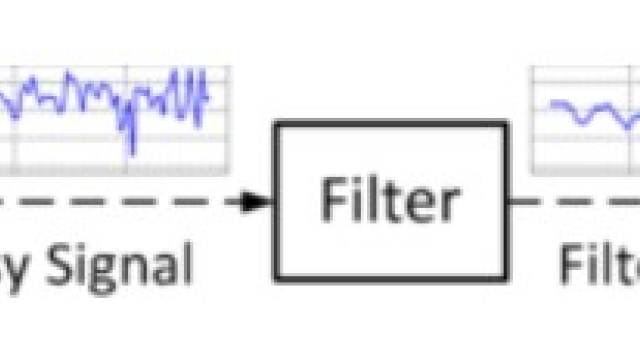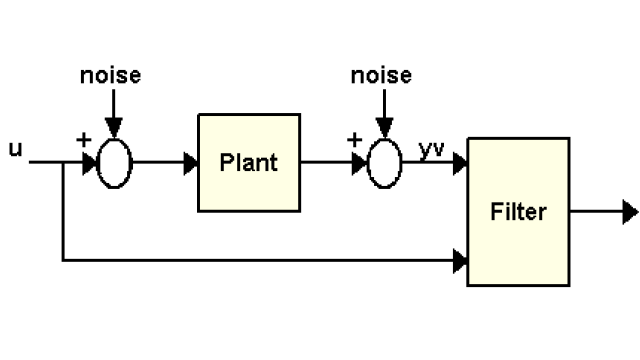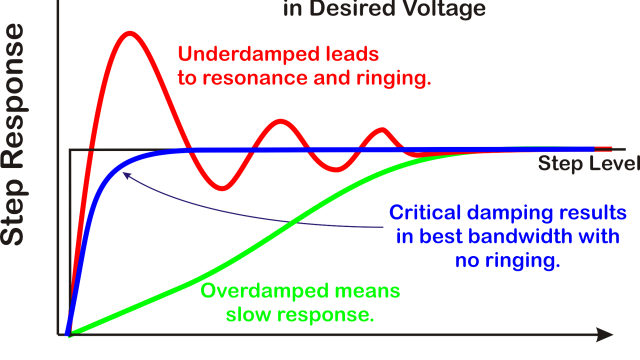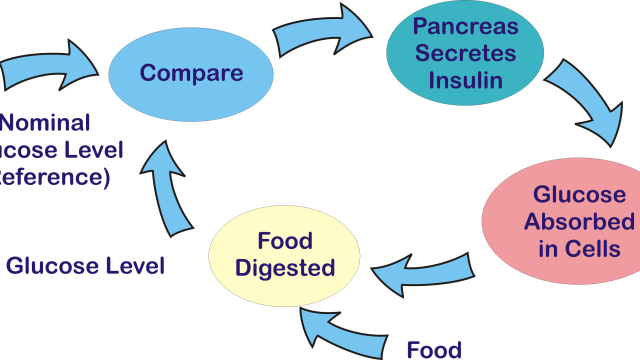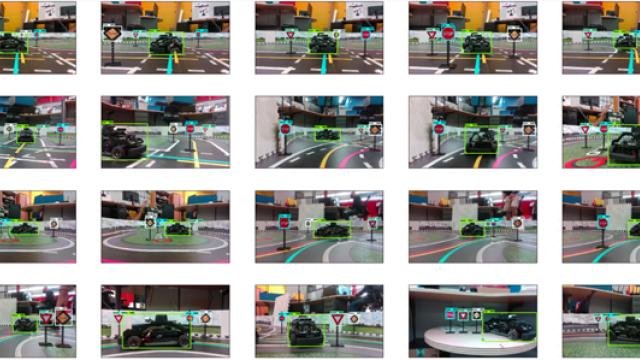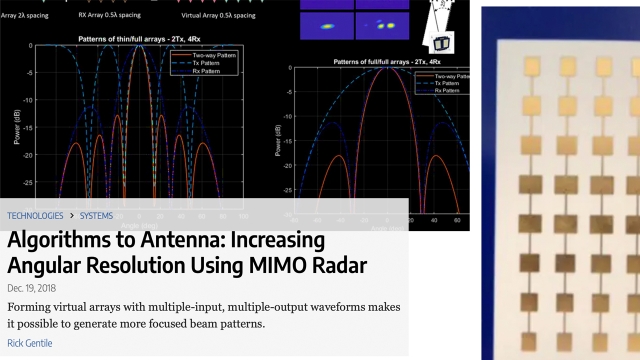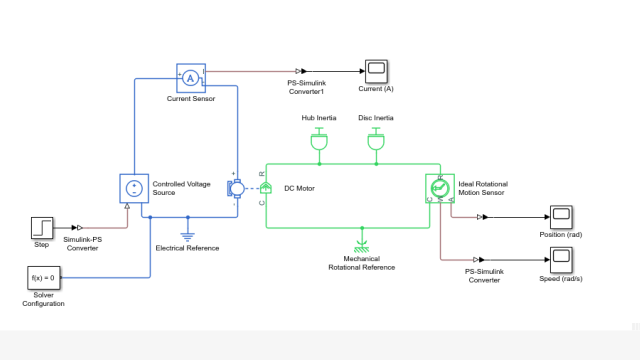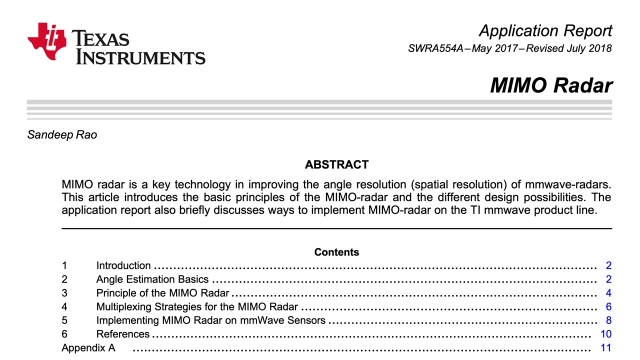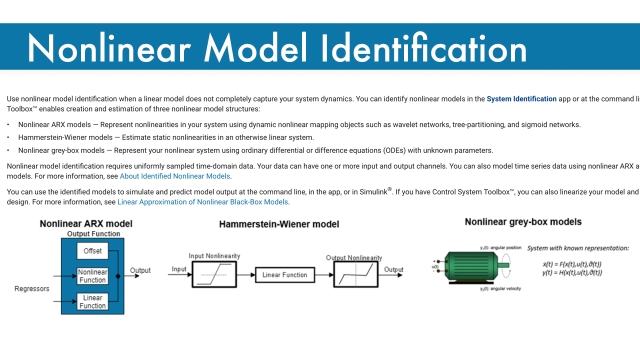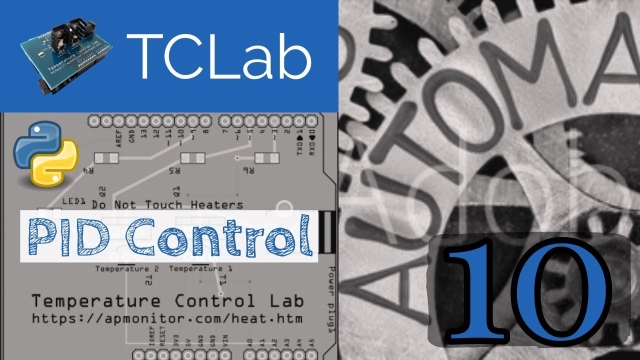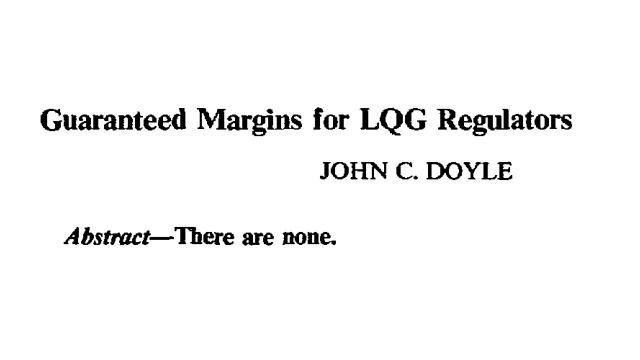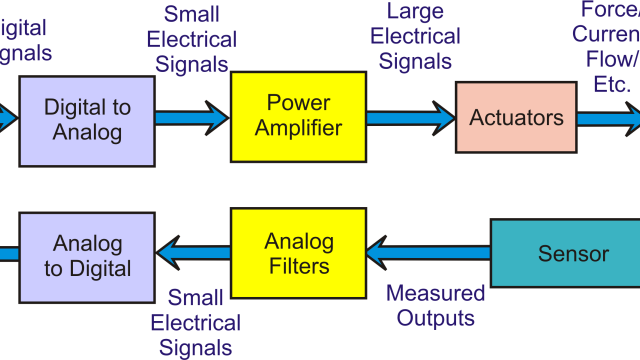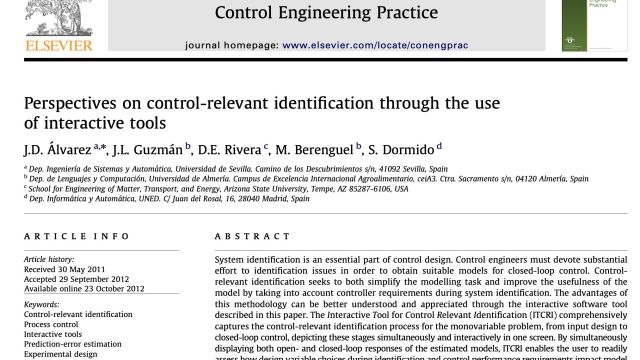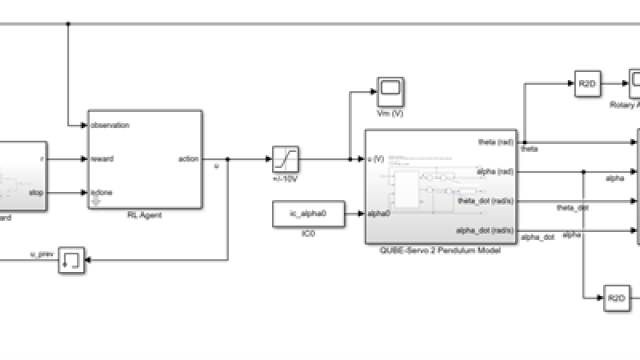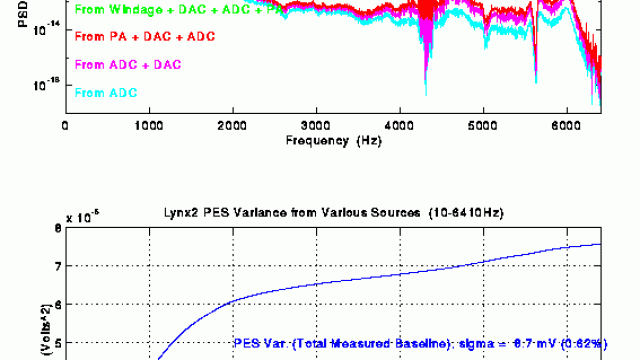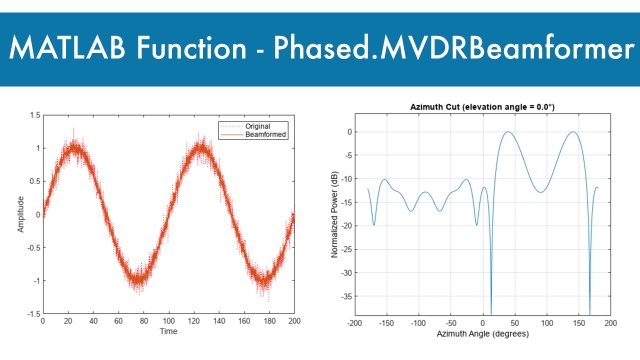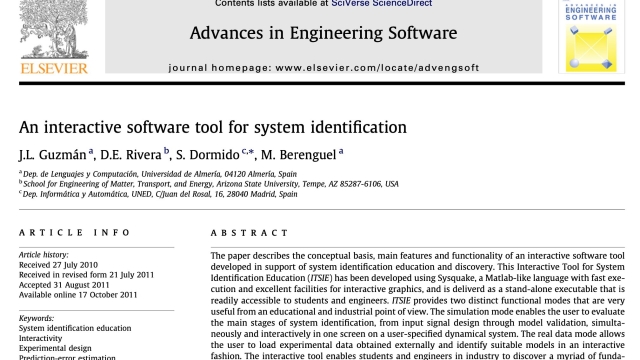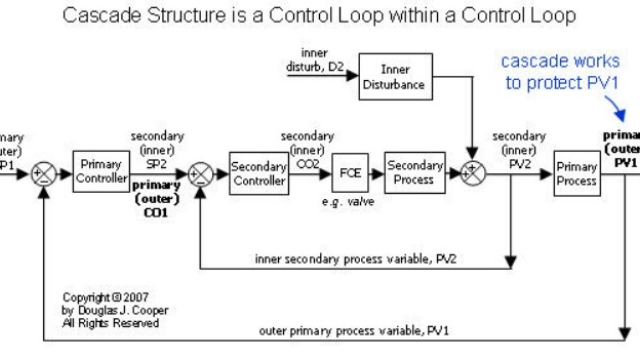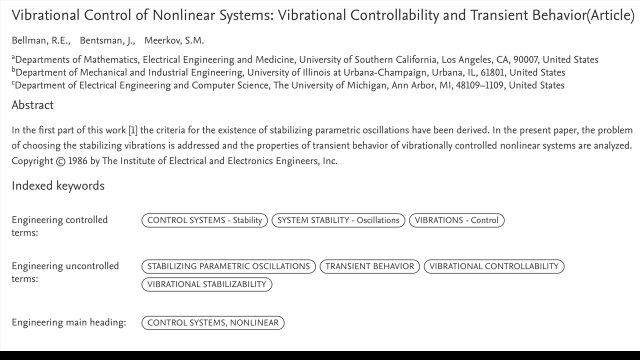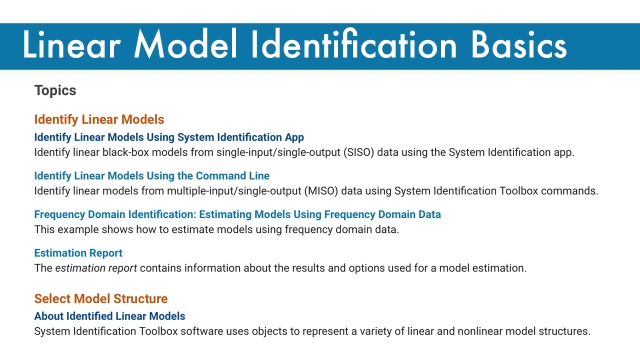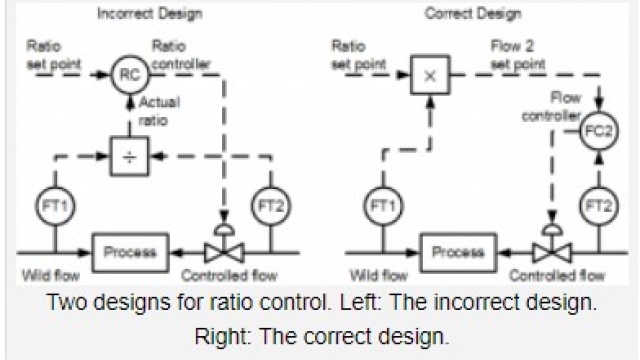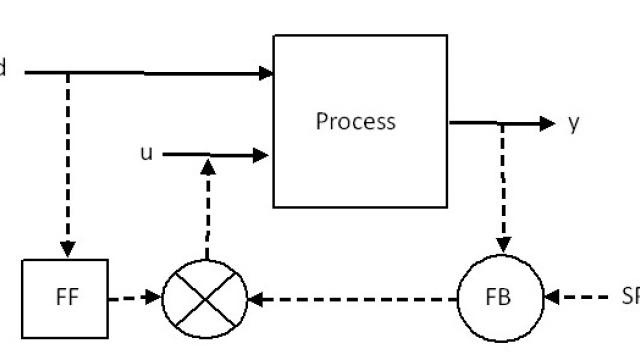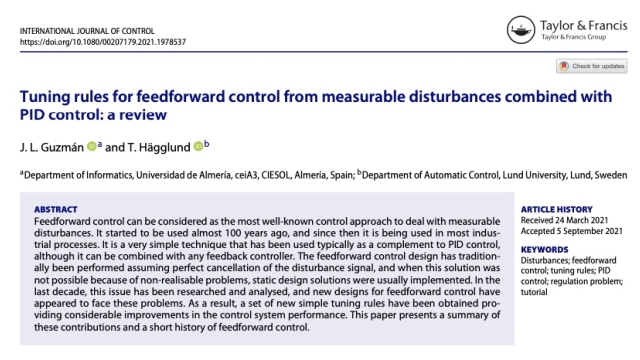
Introduction to Noise Filtering
Introduction to filtering - moving average, first-order, anti-aliasing, set point softening
See MoreKalman Filter Design
This example shows how to perform Kalman filtering. Both a steady state filter and a time varying filter are designed and simulated.
See MoreIntroducing Feedback Control to Middle and High School STEM Students, Part 2...
This paper was presented at the 2019 IFAC Advances on Control Education Conference (IFAC-ACE), Philadelphia, PA, USA, July 7-9, 2019, and is in the conference proceedings. This paper aims at...
See MoreIntroducing Feedback Control to Middle and High School STEM Students, Part 1...
This paper was presented at the 2019 IFAC Advances on Control Education Conference (IFAC-ACE), Philadelphia, PA, USA, July 7-9, 2019, and is in the conference proceedings. This paper aims at...
See MoreDiscrete Fourier Transform
The discrete Fourier transform, or DFT, is the primary tool of digital signal processing. The foundation of the product is the fast Fourier transform (FFT), a method for computing the DFT...
See MoreRoad Sign Detection using Transfer Learning on RetinaNet
This blog outlines a number of open-source resources for transfer learning that are worthy of exploring, ands show the result of using transfer learning on RetinaNet to develop a road sign...
See MoreAlgorithms to Antenna: Increasing Angular Resolution Using MIMO Radar
Articles in Microwaves & RF that talks about how forming virtual arrays with multiple-input, multiple-output waveforms makes it possible to generate more focused beam patterns.
See MoreUsing Simscape™ to Model a Quanser QUBE-Servo 2 with Friction
Modelling a DC servomotor is one of the common examples used in control system textbooks and courses. Given that so many systems use DC motors, e.g. robot manipulator arms, it’s an important...
See MoreMIMO Radar: TI Application Report
MIMO radar is a key technology in improving the angle resolution (spatial resolution) of mmwave-radars. This article introduces the basic principles of the MIMO-radar and the different...
See MoreNonlinear Model Identification
Mathwork overview page describing nonlinear model identification. Use nonlinear model identification when a linear model does not completely capture your system dynamics. You can identify...
See MoreTCLab PID Control
Implement a PID controller on the Temperature Control Lab hardware to drive the temperature from room temperature to 60 degrees C. This resource lets you attempt the design yourself first...
See MoreGuaranteed Margins for LQR Regulators
John Doyle's famous paper! He presents a counterexample that shows that are no guaranteed margins for LQG systems.
See MoreThoughts on Furthering the Control Education of Practicing Engineers
This paper was presented at the 2019 IFAC Advances on Control Education Conference (IFAC-ACE), Philadelphia, PA, USA, July 7-9, 2019, and is in the conference proceedings. This paper aims to...
See MorePerspectives on Control-Relevant Identification Through the Use of Interacti...
This paper presents a control-relevant identification methodology through an intuitive interactive tool called "Interactive Tool for Control Relevant Identification (ITCRI)". ITCRI...
See MoreUsing the Reinforcement Learning Toolbox™ to Balance an Inverted Pendulum
Reinforcement learning (RL) is a subset of Machine Learning that uses dynamic data, not static data like unsupervised learning or supervised learning. Reinforcement learning is used in many...
See MoreA Tutorial on PES Pareto Methods for Analysis of Noise Propagation in Feedba...
This paper represents a tutorial on the so called PES Pareto methodology of analyzing the sources of noise in a feedback loop. Originally conceived for analyzing noise contributors in...
See MoreMATLAB Function: phased.MVDRBeamformer
The phased.MVDRBeamformer System object™ implements a narrowband minimum-variance distortionless-response (MVDR) beamformer. The MVDR beamformer is also called the Capon beamformer. An MVDR...
See MoreManuscript about ITISE: an Interactive Software Tool for System Identificati...
The paper describes the conceptual basis, main features and functionality of an interactive software tool developed in support of system identification education and discovery.
This...
See MoreInterpreting Lines on PFDs and P&IDs
Lines on a process flow diagram (PFD) indicate material flow. In contrast, on a piping and instrument diagram (P&ID), the control overlay for the PFD, the lines represent information flow. ...
See MoreCascade Control 2
An Implementation Recipe for Cascade Control
See MoreVibrational control of nonlinear systems: Vibrational controllability and tr...
In the first part of this work, the criteria for the existence of stabilizing parametric oscillations have been derived. In the present paper, the problem of choosing the stabilizing...
See MoreLinear Model Identification Basics
This is a curated list of Mathworks products, examples, and topics that cover identifying linear models, selecting suitable model structures, constructing and modifying model object...
See MoreRatio Control - the right and wrong approach
A discussion as to why the ratio should be the MV (controller output) not the CV.
See MoreFeedforward Control
When and how to use Feedforward Control
See MoreFeedforward tuning rules for measurable disturbances with PID control: a tut...
Feedforward control can be considered as the most well-known control approach to deal with measurable disturbances. It started to be used almost 100 years ago, and since then it is being...
See More
